
Ethanol and Gasoline Mixtures
Recently, Transport Canada issued a bulletin explaining the requirements for the classification of ethanol and gasoline mixtures and emergency response in case of an incident. Their bulletin can be found here.
As ethanol becomes an increasingly common gasoline additive, understanding the proper classification for shipping, handling, and emergency response becomes crucial.
Correctly classifying ethanol-gasoline mixtures for transport is essential for safety and legal compliance. According to the Transportation of Dangerous Goods (TDG) Regulations in Canada, the shipping name and UN number used for these mixtures depend on the ethanol concentration in the mixture. Here’s a breakdown:
| Ethanol Concentration | Shipping Name | UN Number |
| 10% or less | Gasoline | UN1203 |
| More than 10% and less than 100% | Ethanol and gasoline mixture | UN3475 |
| 100% | Ethanol or ethyl alcohol | UN1170 |
It’s important to note that any dangerous goods shipped must follow the regulations outlined in Section 2.3 of the TDG. The classification, shipping name, and corresponding UN number must be used consistently as specified in Schedule 1 of the TDG Regulations.
The appropriate shipping name for ethanol and gasoline mixtures containing ethanol above 10% is Ethanol and gasoline mixture (UN3475). This is a more accurate and safer designation than older classifications like ALCOHOLS, N.O.S. (UN1987) or FLAMMABLE LIQUIDS, N.O.S. (UN1993), which should not be used for these mixtures in Canada.
Note: American domestic transport classifications, such as NA1987 (DENATURED ALCOHOL), are not recognized as proper classifications in Canada. It’s important to follow local regulations to ensure safety and compliance.
Ethanol and gasoline mixtures with more than 10% ethanol exhibit unique characteristics that differentiate them from pure gasoline. These mixtures form a polar/water-miscible flammable liquid, meaning they can mix with water and behave differently during fires. This is why the correct shipping name and classification are essential — so that emergency responders are properly prepared to handle these mixtures.
For example, mixtures containing more than 10% ethanol degrade the effectiveness of Aqueous Film Forming Foam (AFFF), commonly used to suppress gasoline fires. If these mixtures are not correctly identified, responders might use inappropriate firefighting methods, putting themselves and others at risk.
Handling fires and spills involving ethanol and gasoline mixtures requires special attention. Standard gasoline firefighting methods are insufficient for mixtures with more than 10% ethanol. Emergency responders should use Alcohol-Resistant, Aqueous Film-Forming Foam (AR-AFFF) to contain the fire effectively. The Emergency Response Guidebook (ERG), specifically Guide 127 (Flammable Liquids; Polar and Water-Miscible), offers detailed instructions on dealing with these emergencies.
The International Association of Fire Chiefs (IAFC) recommends using a fog stream of AR-AFFF for spills and fires involving gasoline and ethanol mixtures containing more than 10% ethanol. This foam is designed to form a barrier on the liquid’s surface, preventing the fire from spreading and allowing for safer control.
When it comes to ethanol and gasoline mixtures, both classification and emergency response protocols are critical for ensuring safety during transportation and handling. Correctly classifying these mixtures and using the correct emergency response techniques can prevent accidents and save lives. By understanding and following Canada’s TDG Regulations and international firefighting guidelines, shippers, carriers, and emergency responders can significantly reduce risks associated with these volatile substances.
Stay informed, stay safe, and always be prepared for these mixtures’ unique challenges!
Do you need help classifying your mixture? Our team of experts is just a call away for our customers at 855.734.5469 or send us an email, we’re happy to help.
Stay up to date and sign up for our newsletter!
We have all the products, services, and training you need to ensure your staff is properly trained and informed.
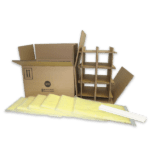 4GV Securepacc Complete 4GV Securepacc CompleteShipping Kit |
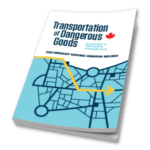 TDG Publications TDG Publications |
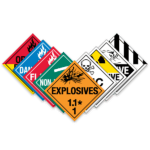 Placards Placards |


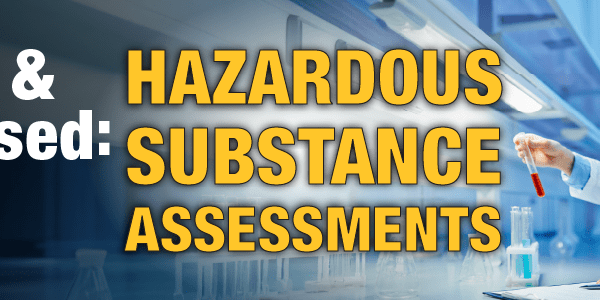
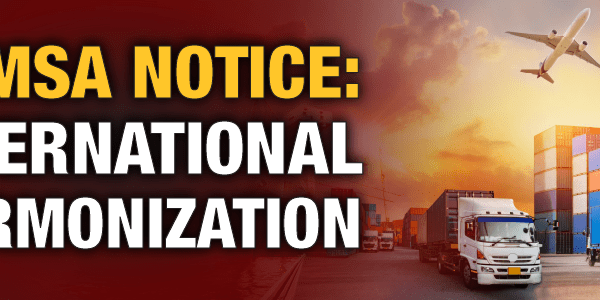


 ICC USA
ICC USA ICC Canada
ICC Canada